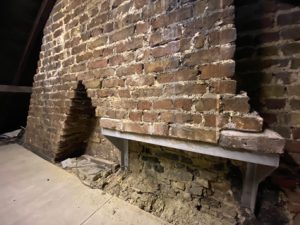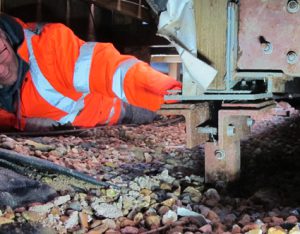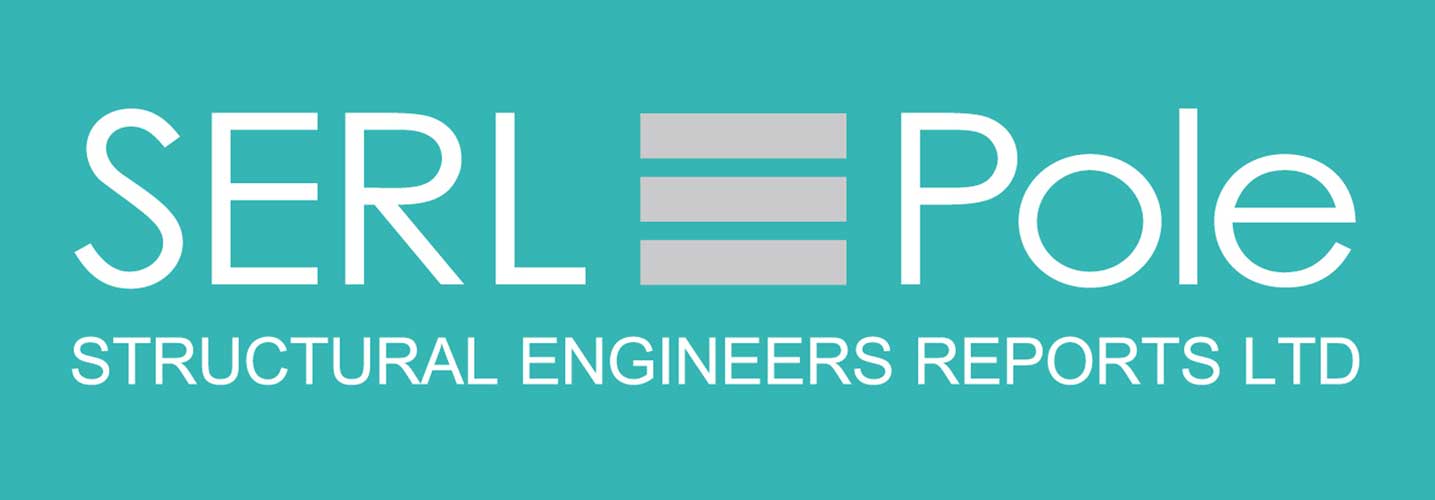All the structural inspections we carry out are visual only. We do not carry out intrusive explorations as part of the initial site visit. We are experienced at having to report decisively and quickly without the need for any invasive work or ongoing monitoring.
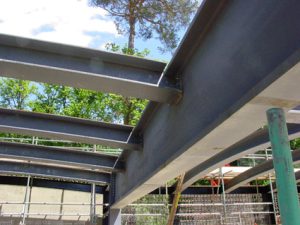
Cracks which are tapered and wider at the top than the bottom often results from foundation movement.
Old or dormant cracks can be repaired easily and inexpensively.
Cracks which widen over a long period of time are severe and are of most concern to surveyors, lenders and insurers, as they could lead to further damage in the future and make the property hard to re-sell.
Cracking in walls does not necessarily mean that there is a serious issue like subsidence. However, cracks that widen over a long period of time are severe and will require professional expertise to rectify the visible damage to the walls and the root cause of the problem.
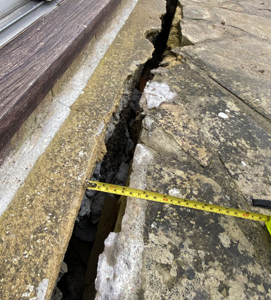
Subsidence is the downward movement of the ground underneath a house. The supporting soil shrinks and makes the building unstable. This commonly occurs when tree roots take a lot of moisture from clay soil in hot, dry summers.
Subsidence is difficult to control which makes it an insurable risk.
Settlement is normally a latent defect, found in period properties or poorly designed modern houses, extensions or conservatories with inadequate foundations, so is not an insurable risk.
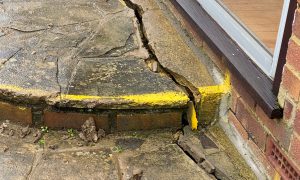
- The damage has occurred while you are insuring or owning the property. An insurer will not be interested in structural movement damage which occurred when the property had previous owners or insurers.
- The structural movement is clearly the result of subsidence, which is something you cannot reasonably expect to control such as drought or a leaking drain. The insurer will not cover poor design or shoddy workmanship, such as a recent extension with unsuitable foundations.
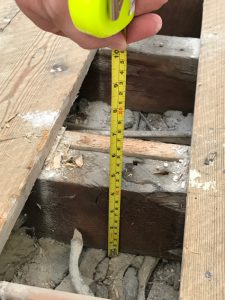
The costs will only be an estimate not a quotation. A detailed specification of repair works will be required for an accurate quotation. However, our approximate costs will help to inform a buying or selling decision and how to proceed.
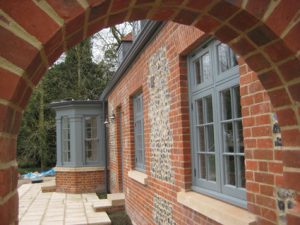
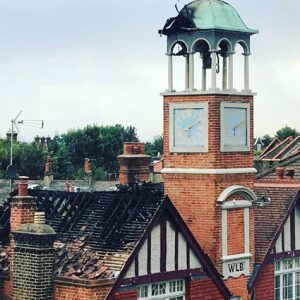
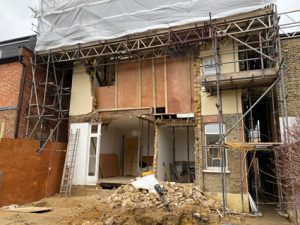
A certificate is not normally issued with a structural engineer’s report.
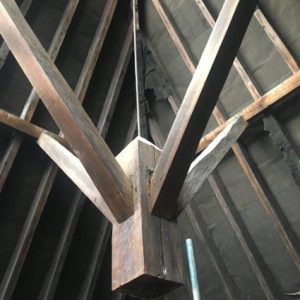
Level 1 - Valuation Surveys which are for the benefit of the lender mainly chiefly and usually carried out by an approved surveyor.
Level 2 - Homebuyers Reports which are suitable for most types of properties in reasonable condition but will highlight any serious concerns.
Level 3 - Building Surveys which are for large and older buildings or properties in poor condition and require a thorough investigation to identify any defects and their cause. Please note that a building survey is not a structural survey.
